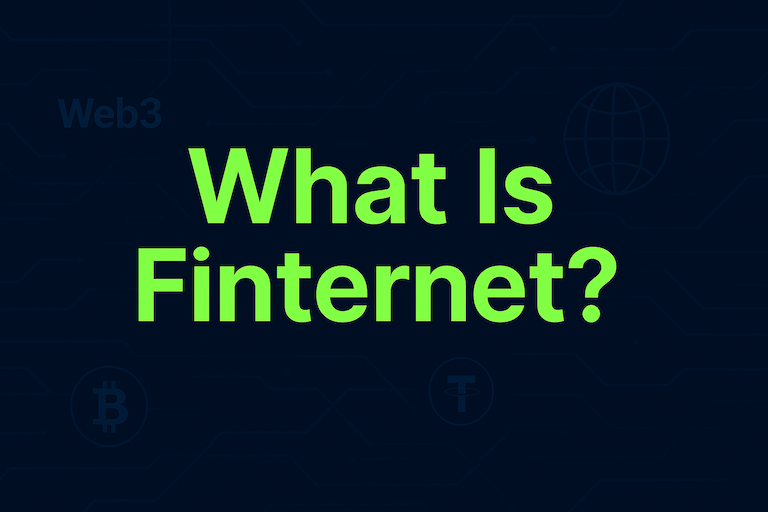What is Bitcoin Halving?
Jan 16, 2025
Bitcoin Halving is a pivotal event within the Bitcoin ecosystem and a core mechanism driving its value growth. From its historical timeline to its impact on the market, halving is seen as a key driver of Bitcoin's scarcity and price volatility. This article explores Bitcoin Halving through its historical background, supply growth comparison with gold, working principles, and economic implications.
Historical Background and Timeline of Bitcoin Halving
Bitcoin Halving is a periodic mechanism embedded in the Bitcoin system to control its supply by reducing miners' block rewards. This process gradually slows the issuance of new Bitcoin, with a total supply cap of 21 million coins.
Event | Date | Block Height | Block Reward Change |
|---|---|---|---|
Bitcoin Genesis Block | Jan 3, 2009 | 0 | Initial block reward: 50 BTC |
First Halving | Nov 28, 2012 | 210,000 | 50 BTC → 25 BTC |
Second Halving | Jul 9, 2016 | 420,000 | 25 BTC → 12.5 BTC |
Third Halving | May 11, 2020 | 630,000 | 12.5 BTC → 6.25 BTC |
Fourth Halving | Apr 20, 2024 | 840,000 | 6.25 BTC → 3.125 BTC |
Historical Significance: Each halving event marks a reduction in Bitcoin supply and serves as a major catalyst for price increases. From 2012 to the present, Bitcoin's price has shown a consistent long-term upward trend following each halving event.
Comparison of Bitcoin Halving and Gold's Scarcity
Bitcoin is often referred to as "digital gold," a title that stems not only from its value as a store of wealth but also from its strictly controlled supply growth, which mirrors gold's scarcity.
The Scarcity of Gold and Bitcoin
Gold's supply is limited by the pace of natural resource extraction, with its long-term scarcity serving as a powerful support for its value. Similarly, Bitcoin's halving mechanism restricts the issuance of new coins, gradually reducing its supply, thus echoing the scarcity characteristic of gold.
The Gradual Decline in Supply Growth
Bitcoin's halving mechanism ensures that its new supply is halved approximately every four years, gradually decreasing the number of new coins entering the market. Over time, Bitcoin's annual supply growth rate has steadily declined, enhancing its scarcity. This scarcity is a key factor in Bitcoin's recognition as "digital gold."
Value Support Through Scarcity
Both gold and Bitcoin derive value from their scarcity, which is particularly critical in contexts of inflation and fiat currency devaluation. Bitcoin's halving mechanism ensures that it continues to serve as a store of value and a hedge against uncertainty in the global economy.
How Does Bitcoin Halving Work?
Bitcoin Halving is a deflationary mechanism designed by Satoshi Nakamoto. Its core principles are as follows:
Block Reward Reduction: Every 210,000 blocks (approximately every four years), the block reward for miners is halved, limiting the number of new Bitcoins entering circulation.
Blockchain Difficulty Adjustment: The Bitcoin network adjusts mining difficulty every 2,100 blocks (approximately every two weeks). This ensures that a new block is generated roughly every 10 minutes, regardless of fluctuations in mining power. This mechanism stabilizes the network and prevents rapid or slow block production.
Block Rewards and Total Supply
Starting with an initial reward of 50 BTC per block, the halving mechanism reduces the new Bitcoin supply geometrically. By 2140, the total supply of Bitcoin will reach its cap of 21 million coins.
How Do Miners Adapt to Halving?
Miners earn revenue through block rewards and transaction fees. Halving poses a significant challenge to miners by reducing their income. However, this doesn’t necessarily lead to widespread disruption. Savvy miners bet on Bitcoin's price appreciation to offset the immediate revenue loss. Strategies such as optimizing mining equipment and energy costs or focusing on earning more transaction fees allow miners to remain competitive. Although halving pressures the mining ecosystem, it also fosters efficiency, leaving only the most competitive miners in the game.
The Economic Impact of Bitcoin Halving
Bitcoin Halving is more than a technical adjustment—it. It reshapes the entire Bitcoin economy. From supply and demand dynamics to price expectations, minor operations, and network security, halving introduces variables that deeply influence the market.
1. Supply and Demand Dynamics
Halving directly reduces the number of new Bitcoins entering the market, while demand continues to rise due to growing global recognition and institutional adoption. This supply-demand mismatch reinforces Bitcoin’s scarcity and solidifies its reputation as "digital gold." Historically, this dynamic has been a major driver of long-term price appreciation following halving events.
2. Price Cycles and Investment Expectations
Phase 1: Pre-Halving Price Surge: Investors anticipate the reduced supply and position themselves early, driving prices upward before halving.
Phase 2: Post-Halving Adjustment: Following a short-term correction due to overbuying, the scarcity effect continues to support long-term price growth.
3. Impact on Miners and Network Security
Miner Revenue Pressure: Reduced block rewards force less efficient miners out of the market, leading to short-term decreases in network hash rate. However, this optimizes the mining landscape over time.
Network Security: A temporary decline in hash rate may introduce minor security risks. Still, Bitcoin’s decentralized nature ensures its long-term stability and resilience.
Why Is Bitcoin Halving So Important?
Bitcoin Halving is not just a mechanism to control supply growth; it significantly impacts market prices, investor sentiment, and industry dynamics. With the fourth halving set for 2024, the market is abuzz with expectations of price increases and industry evolution.Whether you are a novice investor or a seasoned trader, understanding the logic behind halving, planning investment strategies accordingly, and engaging with a regulated platform are key to leveraging this opportunity. Platforms like OSL, Hong Kong’s first listed and licensed crypto exchange approved by the SFC, provide a compliant and transparent environment for exploring digital assets, enabling investors to participate confidently in Bitcoin’s potential.


